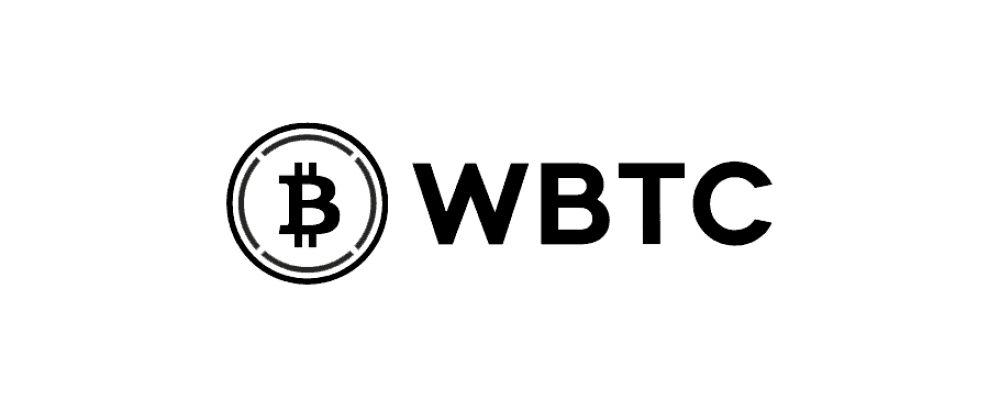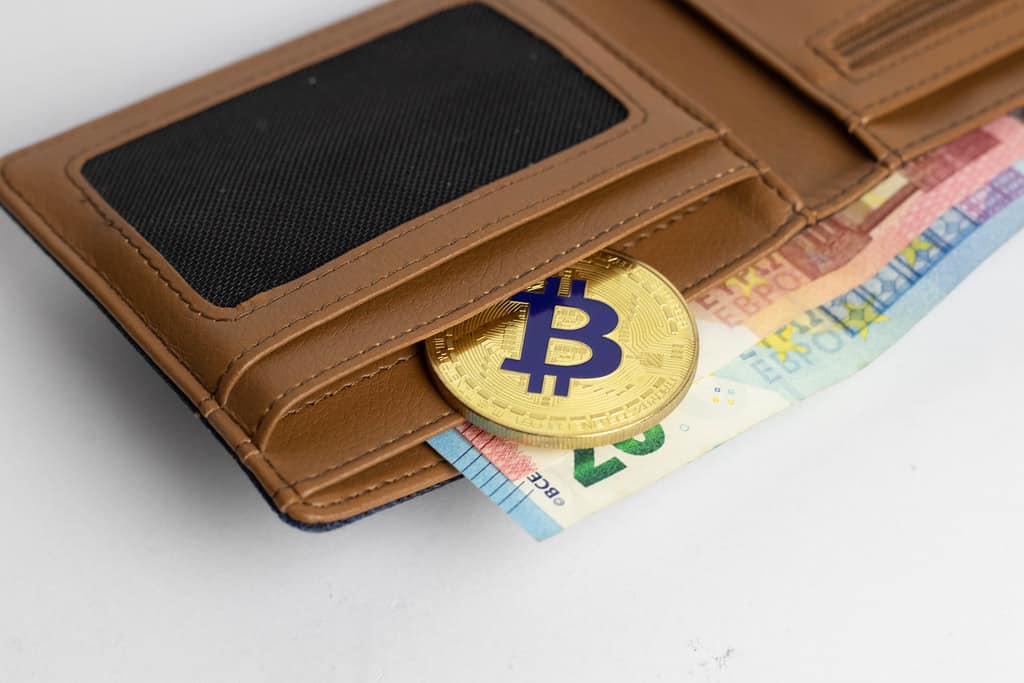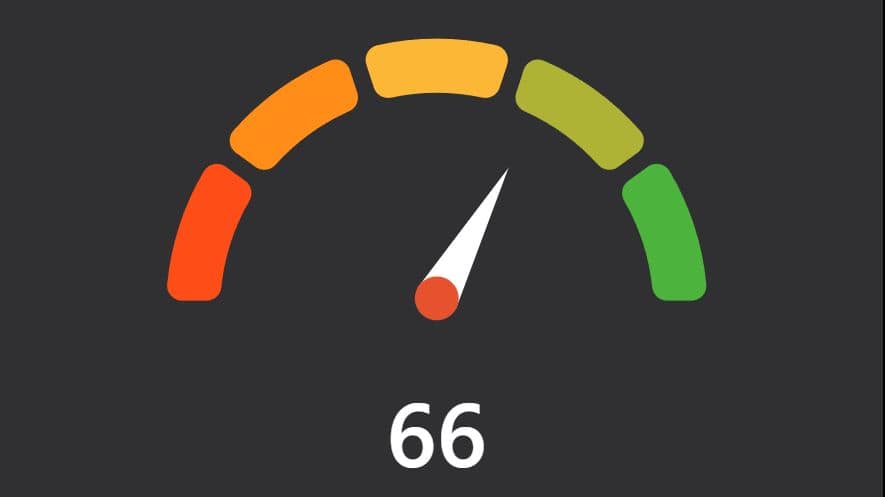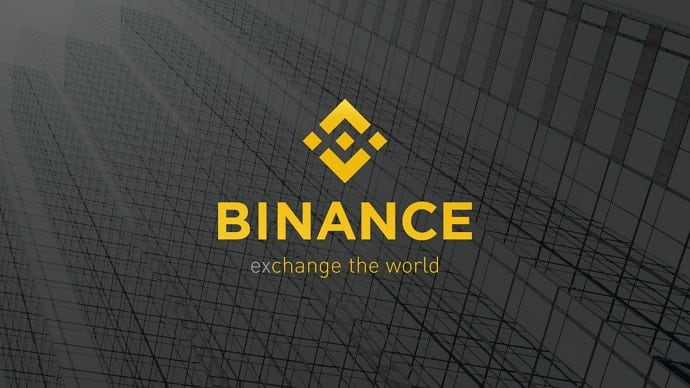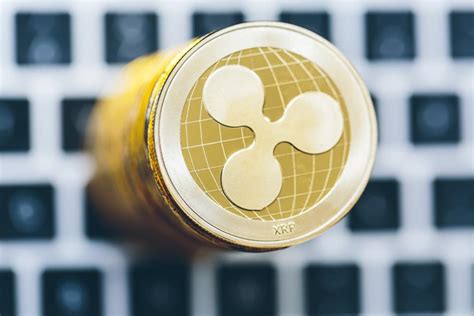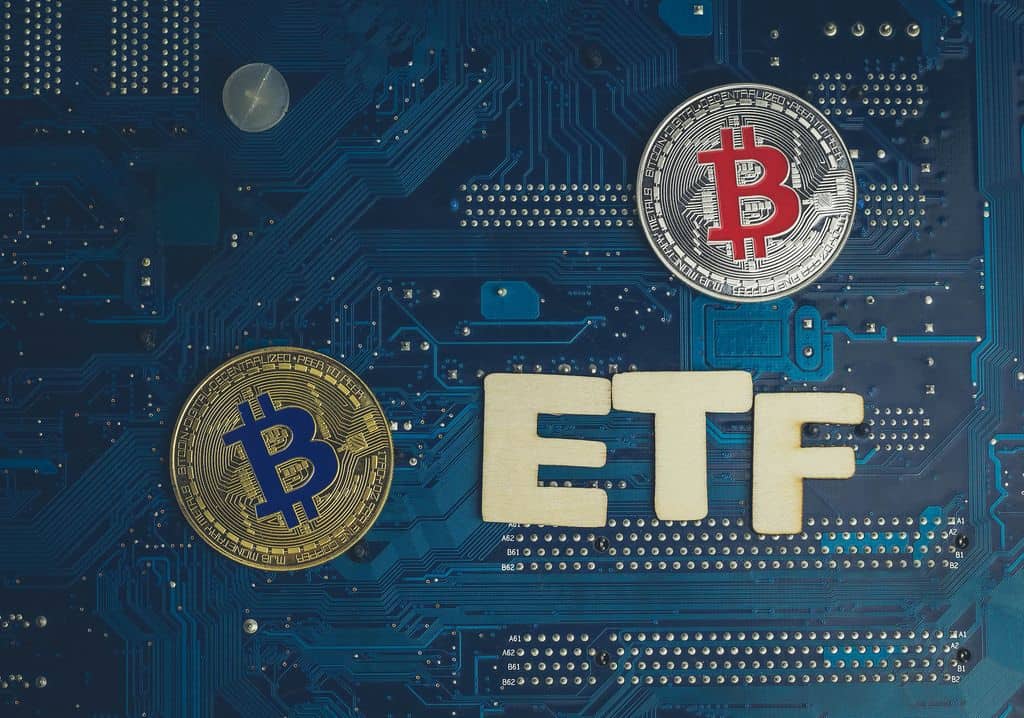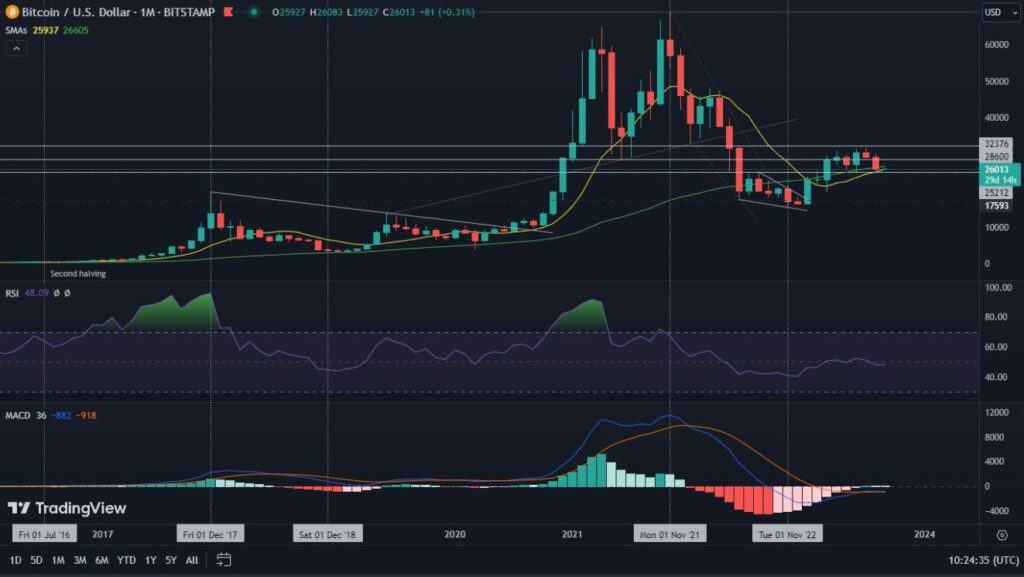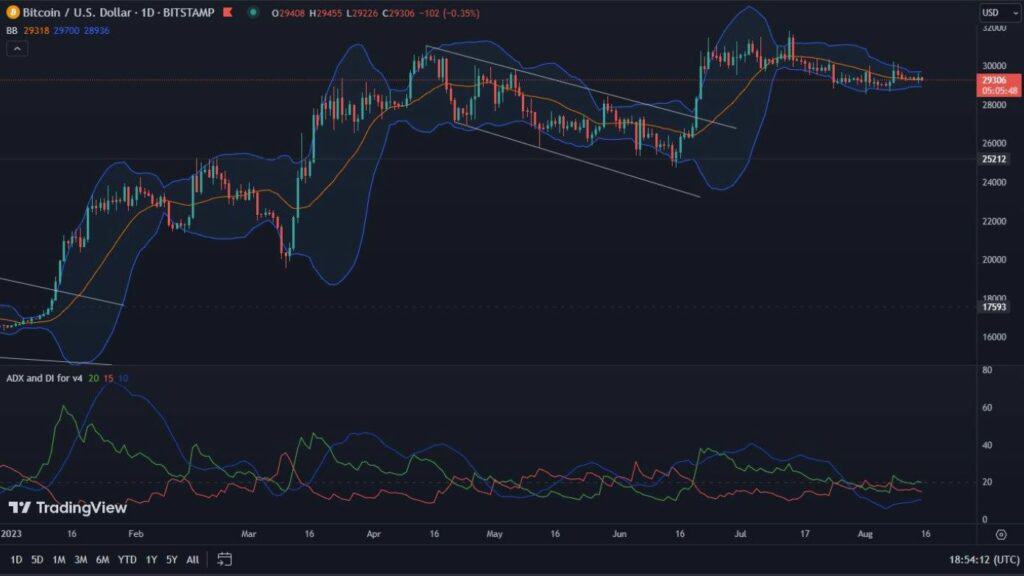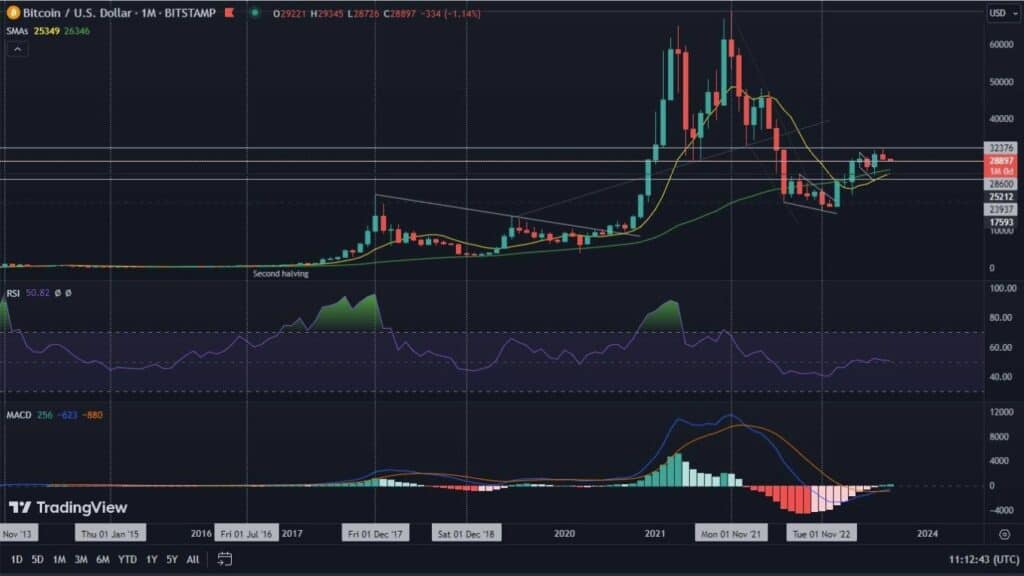When browsing cryptocurrency rankings, you may come across tokens such as Wrapped Bitcoin (WBTC) and Wrapped Ether (WETH). However, not everyone knows what purpose they were created for. Therefore, in this material we will briefly explain what the wrapped versions of the most popular coins are.
Expanded possibilities through Wrapped Bitcoin and Wrapped Ether
Wrapped Bitcoin (WBTC) is an ERC-20 token used to move in the Ethereum space. It is by no means Bitcoin itself, but a token that tracks and replicates its value. It was created to allow BTC holders to participate in the decentralized finance (DeFi) space, as well as to increase the ability to use decentralized exchanges (DEX). WBTC’s total holdings are covered in BTC, which is the project’s collateral, and also allows for instant exchanges of tokens for coins and vice versa. The Proof of Reserve verification system, in turn, acts as a back-up to verify that WBTC resources are fully covered.
Wrapped Ether (WETH) follows similar principles. Although based on the Ethereum blockchain the ERC-20 standard was created, Ether is not a coin adapted to move in this space. Mainly due to the fact that it was created earlier. To make it possible, the WETH token was created. In order to obtain it, one should send ETH to the smart contract. A similar action should be taken when exchanging WETH for ETH. The coverage, as in the case of the packaged version of Bitcoin, is always 1:1.
Thus, tokenized versions of both coins provide broader capabilities than Bitcoin and Ether have in their standard. Many decentralized applications require a wrapped version of the coins so that those moving in the ERC-20 area, for example, benefit from the capabilities offered by decentralized exchanges. The whole thing is designed to be as secure as possible, while excluding third-party involvement during the exchange itself.
Bitcoin and Ether aren’t the only ones being wrapped
The number of cryptocurrencies undergoing wrapping is steadily increasing. This is due to the presence of more and more blockchains. One of the more popular ones in recent times is becoming the Binance Smart Chain (BSC). Similar to the Ethereum space, more users of other networks want to participate. To facilitate this, wrapped XRP, BSC and DOT, among others, are being created. In the BSC space, such operations are enabled by Binance Bridge.
The cost of wrapping is the need to pay for gas, but the profits that can be reaped from the exchange often become invaluable.

